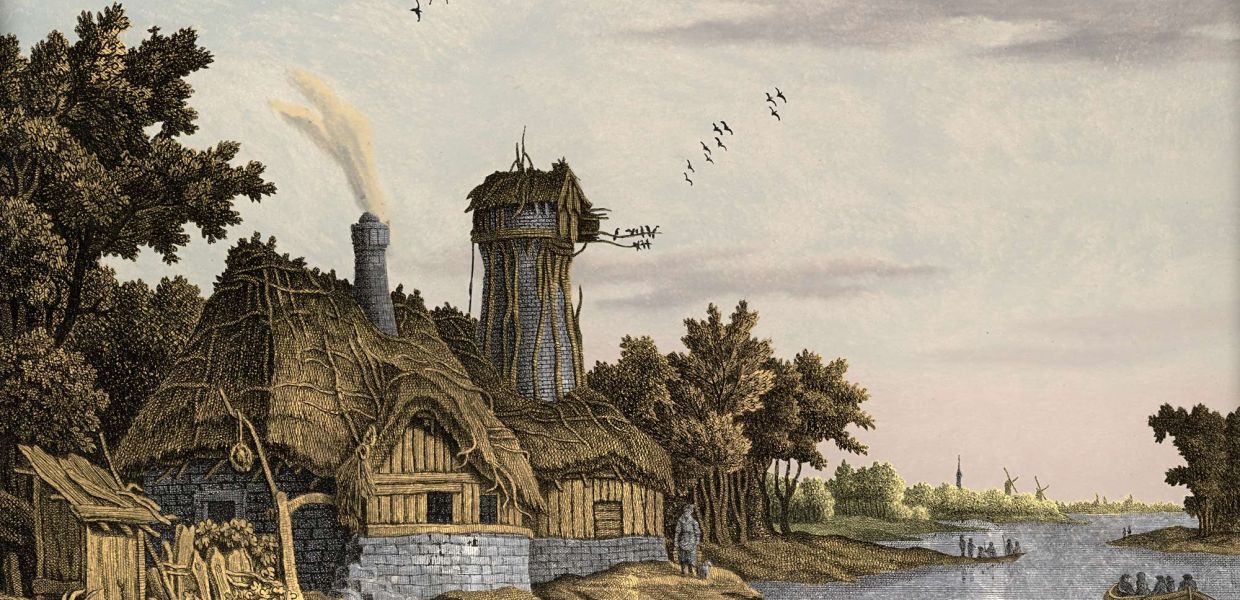Background
As cultural heritage becomes more and more accessible online, it opens up possibilities to support research, education, life-long learning, and creativity. Cultural heritage institutions holding works in their collections might have information on the rights holders, publication dates, or other factors that may help make a copyright determination. If the institution wants to encourage the reuse of the digital cultural heritage it displays, their copyright assessment should be communicated to users in a simple and comprehensible way. Displaying digital objects online with no indication of how they can be used can easily be perceived as an “all rights reserved” notice by users and therefore limit the reuse possibilities.
A set of tools exist that can fulfill this purpose, namely the ones developed by Creative Commons and by the Rights Statements Consortium. Cultural heritage institutions and aggregators worldwide have started using these rights statements in their online repositories. Applying them adequately, however, requires some copyright knowledge. One should first have an understanding of whether the item is in copyright or not, and whether additional conditions apply that the end user should note. An added challenge of course is that sometimes the necessary information to make such determinations is missing
At the Europeana 2019 conference, Juozas Markauskas and Jurga Gradauskaité presented a tool and handbook developed for the National Library of Lithuania that guided cultural heritage professionals through the choice of selecting an accurate rights statement. The tool has helped many cultural heritage practitioners in Lithuania with little or no legal knowledge to make more accurate decisions on what rights statement to use, in a consistent manner.
The possibilities to create more support were explored as part of this Task Force.
Relation to the Europeana Strategy 2020-2025
The Task Force contributed to the following priority from the Europeana Strategy 2020 - 2025: '1. Make it easy and rewarding for Cultural Heritage Institutions to share high-quality content.' It was also relevant to another element of the Strategy, which makes reaching a higher quality of rights information one of its top #3 priorities, noting that “we [the Europeana Initiative] will build capacity among our data partners so that they feel empowered and informed to make decisions around copyright, both when sharing collections with Europeana and through their own portals/platforms”.
This Task Force aimed at facilitating the replication of a tool that has proven very useful in Lithuania to other jurisdictions and languages to hopefully facilitate this type of decision making elsewhere and contribute to further copyright education and accurate rights information.
Goals
The report seeks to:
Contribute to increase the level of copyright knowledge across the cultural heritage sector
Provide a tool that helps showcase necessary considerations in rights labelling in educational activities
Contribute to increase the accuracy of rights information assigned to digital cultural heritage online
Contribute to ease the understanding of (and facilitate going through) the relevant considerations in the selection of a rights statement
Facilitate the adaptation of a useful tool to different jurisdictions
Support the accessibility of the material by making multilinguality possible
Harmonise rights labelling practices across Europe based on the Europeana Licensing Framework, thus facilitating the rights statement choice when contributing data to Europeana.
Outcomes
The Task Force produced a final report explaining the steps that need to be undertaken to convert the system that already exists in Lithuania to other jurisdictions. More specifically, it provides:
A flowchart with an overview of the questions and answers that a cultural heritage institution can go through
A list of the questions included in the flowchart with a description for each that acts as a clarification
Additional rights clearance or rights labelling tools developed in other countries or regions that provide useful examples to potentially replicate as well
A set of instructions on the steps to follow, including how to use open source technology, and bring in the questions, answers and descriptions to your interactive tool, and tips to use the tool as a complement to copyright training activities
Read the Task Force report or download it below. You can also download the rights labelling flow charts in Croatian, English, French, Greek, Slovenian and Spanish.









